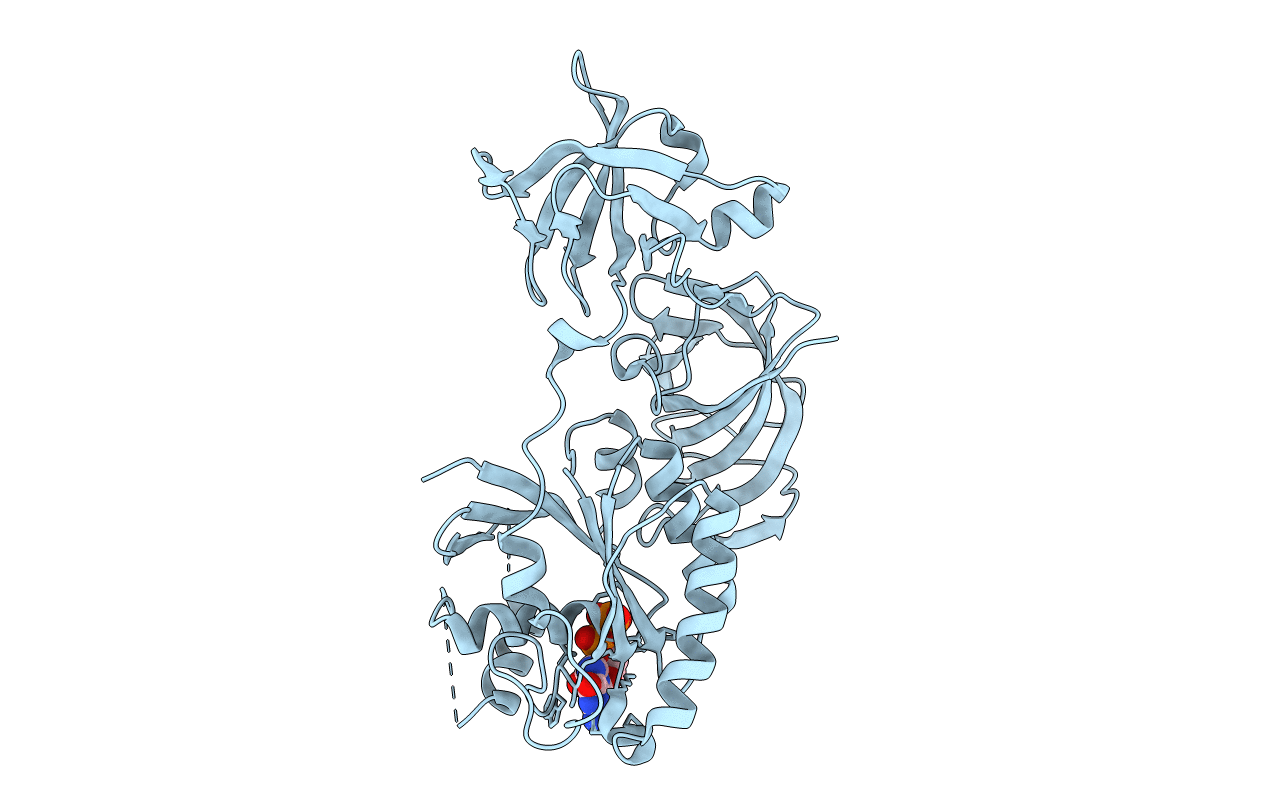
Deposition Date
2014-08-22
Release Date
2014-12-24
Last Version Date
2024-05-29
Entry Detail
PDB ID:
3WYA
Keywords:
Title:
Crystal structure of GDP-bound EF1alpha from Pyrococcus horikoshii
Biological Source:
Source Organism:
Pyrococcus horikoshii OT3 (Taxon ID: 70601)
Host Organism:
Method Details:
Experimental Method:
Resolution:
2.35 Å
R-Value Free:
0.24
R-Value Work:
0.19
R-Value Observed:
0.19
Space Group:
P 21 21 21


